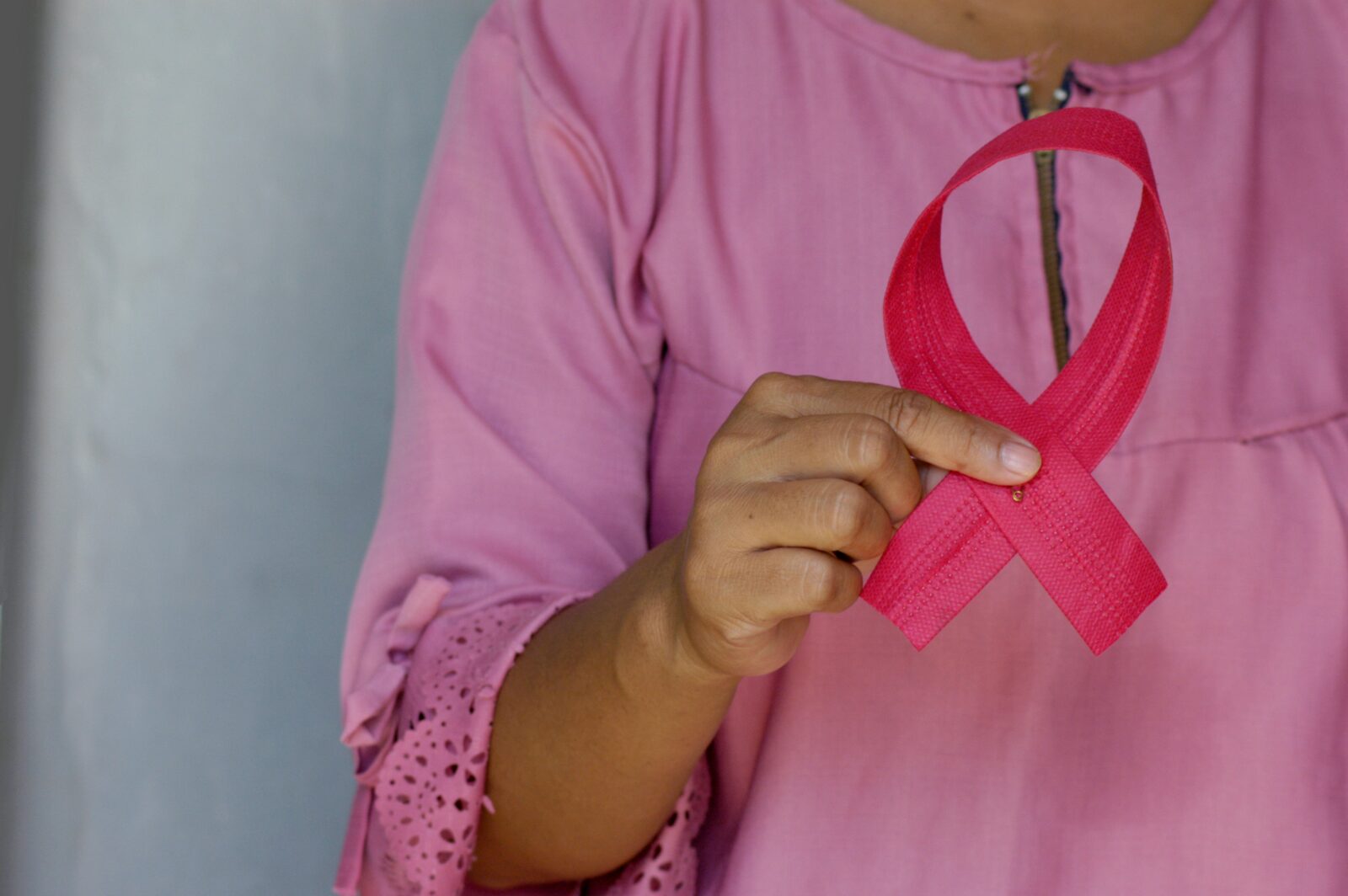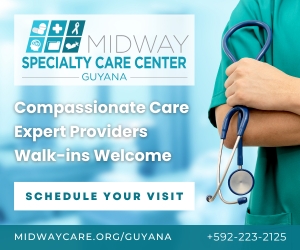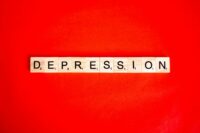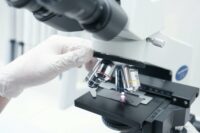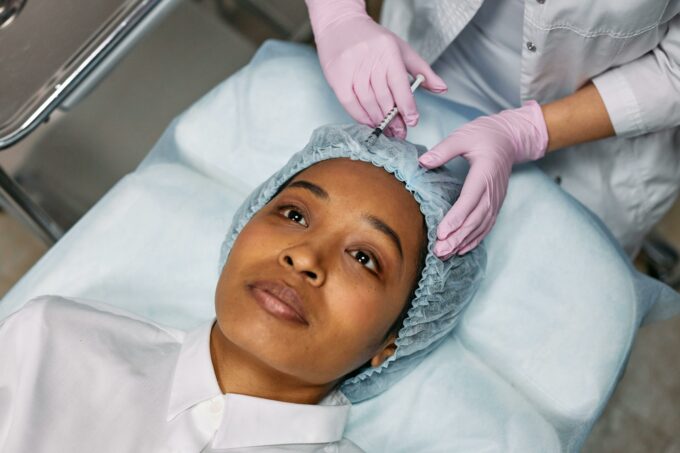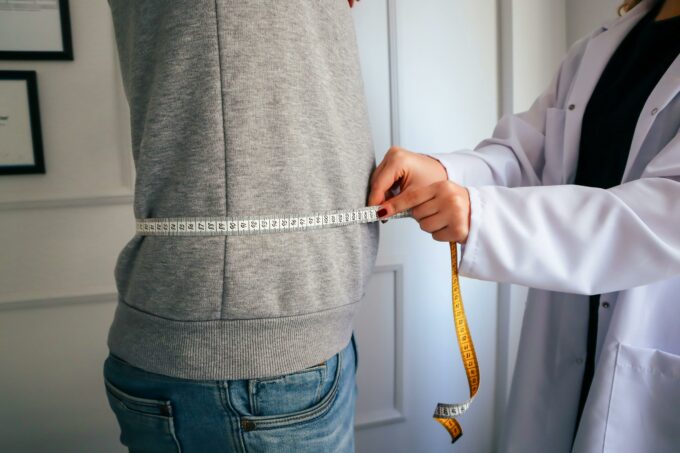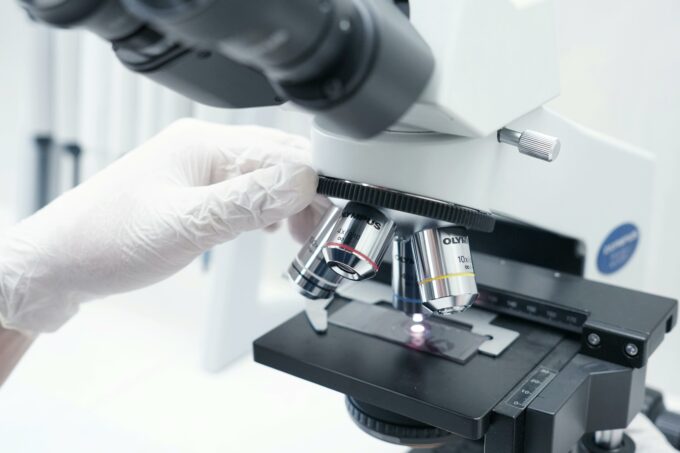Breast cancer screenings are one of the most important health decisions a woman can make. Early detection of breast cancer through regular mammograms is essential for successful treatment and improved survival rates. Unfortunately, many women don’t understand when they should start getting screened or how often they should be doing it. Here you will find important information on why breast cancer screenings are so important, as well as some of the myths surrounding them that may be preventing some women from getting them done. By understanding more about breast cancer screenings and their importance to overall health, hopefully more women will prioritize their own physical wellbeing by making sure they get regular screenings as recommended by their doctor. 1 in 8 (12.5%) women worldwide is at risk to developing breast cancer in their lifetime.
Types of Breast Cancer Screenings
The two main types of breast cancer screenings are mammograms and clinical breast exams. A mammogram is a type of low-energy X-ray that can detect abnormalities in the breast tissue that can indicate cancer. During a mammogram, a thin plate is pressed against the breast to flatten it and reduce the amount of radiation exposure. The pictures that the mammogram makes can then be looked at to see if there are any changes in the breast tissue that could be signs of cancer.
Mammograms
A mammogram is a crucial test that helps detect breast cancer early, which can save lives by finding any problems at the earliest stage possible. However, the idea of getting a mammogram can be scary, especially if it’s your first time. Knowing what to expect can help calm your nerves and make sure you’re ready. It’s important to remember that the actual procedure is usually quick, and most people only feel a little discomfort. Talking to your doctor about any questions or worries before your appointment can give you the information and reassurance you need. Here are ten important things to know before getting a mammogram.
Mammograms Save Lives
Mammograms play a crucial role in the early det4ection of breast cancer. They can identify abnormalities or changes in breast tissue that are often too small or subtle to be felt. This allows for earlier intervention, which significantly improves treatment options and the likelihood of a successful recover. The National Cancer Institute estimates that mammography has helped reduce breast cancer mortality rates by 40% since 1990. It’s vital to understand that postponing your mammogram can delay the detection of potential issues. Even if you are not experiencing symptoms or discomfort, regular mammograms should be part of your healthcare routine. Remember, early detection is the best defense against breast cancer.
Mammograms are a Medical Imaging Technique
This technique is used to detect breast cancer in its early stages. During a mammogram, an X-ray is taken of the breast tissue, and this X-ray is then analyzed for any unusual changes or abnormalities. Mammograms can identify signs of breast cancer that may not be visible to the naked eye, such as calcifications, which are tiny calcium deposits that can indicate the presence of cancerous cells. The X-ray itself does not hurt; however, some women may experience discomfort due to the pressure applied during the imaging process.
In addition to detecting signs of breast cancer, mammograms can also be used to evaluate changes in breast tissue over time and track any progress made after treatment. They are also helpful in monitoring women who have a higher risk of developing breast cancer because of their family history or other risk factors. To ensure accuracy and maximum benefit from mammograms, it is important for women to receive regular screenings as recommended by their doctor based on their age and personal risk factors.
It is important for women to understand both the importance and limitations of mammography screening. While it is a very effective tool for detecting breast cancer in its early stages and improving outcomes when caught early enough, mammograms alone cannot diagnose breast cancer-only further testing can confirm if a tumor is benign or malignant. Additionally, false positives are possible with mammography screening, meaning that additional testing may be required even when there isn’t necessarily anything wrong. Despite these limitations, regular mammograms remain an essential component of keeping women healthy by identifying any potential issues as soon as possible so that they can take swift action if necessary.
Regular mammograms are the best way to detect breast cancer in its early stages, before it has had a chance to spread.
The American Cancer Society recommends that all women aged 45-54 get a mammogram every year, and those over 55 should get one every two years. Women with certain risk factors for developing breast cancer (such as family history or age) may need to start having screenings earlier or more often than recommended.
If you have any questions about when you should start getting mammograms, it is best to speak to a breast cancer specialist like myself, Dr Alia Abdulla.
Clinical Breast Exams
Clinical breast exams are an important part of breast cancer screenings and should not be overlooked. During a clinical breast exam, a healthcare professional uses their hands to feel the breasts and surrounding areas for lumps or other changes that may indicate cancer. This type of screening is beneficial because it can detect lumps or abnormalities that mammograms cannot.
The American Cancer Society recommends that all women aged 40–44 receive clinical breast exams every 3 years, and women over 45 should have one every year. Clinical exams may also be recommended more often if there is a family history of breast cancer or other risk factors. It is important to understand, however, that these exams are not able to diagnose cancer; only additional tests such as biopsies can do so.
Breast Self-Exams
It is important for women to perform self-exams at home on a regular basis, checking for any changes in their breasts like lumps or other unusual symptoms. While it is still important to get screened regularly by a doctor, being aware of your own body and any changes it undergoes can go a long way towards catching any issues early on and increasing the chances of successful treatment if necessary. Women should contact their doctor if they notice anything unusual during self-exams so that they can get tested further if necessary.
Additional Types of Screenings
In addition to these traditional methods, new technologies have been developed to aid in breast cancer screening. Digital mammography and 3D mammography are becoming increasingly popular due to its ability to detect abnormalities earlier than traditional film-based mammography. Ultrasound technology has also been used for many years as an alternative or supplement to traditional imaging technologies like x-rays and CT scans. This
technology allows healthcare professionals to get a better visual image of the inside structures and tissues of the breasts without exposing them to harmful radiation.
When to Start Breast Cancer Screenings
It is never too late to start getting regular breast cancer screenings.
If you are 40 or older, talk to your doctor about how often you should be getting mammograms. If you have a higher risk due to family history or other factors, they may recommend that you start earlier or get screened more often than recommended by the American Cancer Society. Additionally, talk to your doctor
about whether 3D mammography or ultrasound should also be included in your screening plan.
Though advances in technology and treatments have made it easier for individuals at risk for developing breast cancer to get screened early, it is still important for all women, regardless of age or risk factors, to get regular screenings as recommended by their doctor. Doing so will increase your chances of detecting any problems before they become more serious, making treatment much more likely to be successful if needed. Unfortunately, some women avoid getting regular mammograms because of myths surrounding them-such as the idea that they cause pain or discomfort. However, modern technology has made the process faster and more comfortable than ever before. Most women who have had a mammogram report that the process was quick and painless.
Make sure you perform regular self-examinations of your breasts at home on a regular basis so that you can detect any changes right away and contact your doctor if needed. Even though self-exams cannot diagnose breast cancer on their own, being aware of any changes in your body can go a long way toward catching any problems early and making it much more likely that treatment
will work if it is needed.
By understanding the importance of regular breast cancer screenings and taking steps to get them done as recommended by their doctor, women can increase their chances of uncovering breast cancer when it is still small and treatable, before it has had a chance to spread. Taking control of our health is an essential part of leading healthy lives, so do not wait until it is too late; take action today so that you can give yourself the best chance possible for long-term health and wellbeing.
Your Menstrual Cycle Can Affect Mammogram Results
Scheduling your mammogram for the week following your menstrual period can help ensure the most accurate results. This is due to the natural fluctuations in hormonal levels and breast tissue density that occur during different stages of the menstrual cycle. In the week following your period, hormonal levels are relatively low and breast tissue is less dense, improving the clarity of mammogram images and making it easier to detect any abnormalities. It’s also worth noting that having a mammogram during this time can minimize any potential discomfort, as breasts tend to be less tender after menstruation.
Schedule Your Appointment Early in the Day
Consider scheduling your mammogram appointment early in the day. Mammograms require that you don’t wear deodorant, powder, lotion, or ointment around your chest area on the day of the exam. These substances can show up on the X-ray images and may be confused for a problem in the breast tissue. By scheduling your appointment in the morning, you can avoid
the discomfort of going through the rest of your day without these products. If you accidentally apply any of these items, please inform the technologist before the exam so they can provide appropriate advice to ensure the most accurate results.
Wear a Two-Pierce Outfit on the Day of Your Mammogram
When preparing for your mammogram, it’s advisable to wear a two-piece outfit. This will enable you to only remove your top for the procedure, keeping you comfortable and maintaining your privacy. The healthcare provider will provide you with a gown to wear during the examination, ensuring that only the necessary areas are exposed for the mammogram. This small but important tip can greatly enhance your comfort and ease any potential stress or anxiety associated with the procedure.
Mammograms Don’t Usually Take a Long Time
The process of getting a mammogram is relatively quick and straightforward. It typically takes about 15–30 minutes from start to finish. During the procedure, each breast is compressed and imaged one at a time, with two images taken of each breast. While the compression may cause some discomfort, it’s necessary to ensure clear, detailed images. The entire process is overseen by a skilled radiologic technologist, and the images are later examined by a radiologist. It’s important not to let fear of discomfort or time constraints prevent you from scheduling your regular mammograms. Regular screenings are vital to maintaining your breast health and catching any potential issues early. You will
be positioned in front of the mammogram machine, and the technologist will adjust your breast on the machine’s plate. They are there to ensure your comfort and safety and to answer any questions or concerns you may have. Remember, their primary goal is to get the best images for your healthcare provider to review, putting you on a path to the earliest and most effective
treatment, if needed. Let your technologist know if you’re in discomfort at any point; they may be able to adjust the machine or your position to make you more comfortable. They are your allies in this process, working with you to ensure your breast health.
Most Unusual Findings Aren’t Cancer
While mammograms are highly effective at detecting unusual changes or growths in breast tissue, it’s important to understand that most of these findings are not cancer. A mammogram might detect benign (non-cancerous) abnormalities like benign breast lumps, cysts, or calcifications. These findings, while important to monitor, do not mean you have cancer. In fact, according to the American Cancer Society, only 2 to 4 screening mammograms out of 1,000 lead to a diagnosis of breast cancer. This is why, even if an abnormality is found, it’s crucial not to panic. Your healthcare provider will guide you through the necessary follow-up steps, which may include additional mammography, an ultrasound, or a biopsy to examine the cells more closely. Remember, abnormal doesn’t mean malignant, and early detection provides the best chance for successful treatment if it is cancer.
Mammograms Give You Peace of Mind
The clarity and reassurance that a mammogram brings cannot be overstated. While the procedure may cause temporary discomfort, the peace of mind that comes from knowing you are being proactive about your health far outweighs this. It’s the knowledge that you are taking control, taking steps to detect any potential issues early, and giving yourself the best possible chance of successful treatment should any problems be found.
Having a mammogram can be an empowering experience, as it enables you to make informed decisions about your health. The reassurance of a negative result, or, in the event of a positive one, the ability to take swift action, makes the procedure invaluable. So, regardless of any concerns or fears, remember that a mammogram is a crucial tool in maintaining your health, and the peace of mind it brings is worth every moment.
Key Takeways
Getting a mammogram is an important step in maintaining your breast health and understanding what to expect before the procedure can help ease any anxiety.
It’s important to remember that most unusual findings detected by a mammogram are not cancer, and that staying consistent with one imaging center allows for a more accurate comparison of results over time. Furthermore, mammograms are a relatively quick and straightforward process that is overseen by skilled professionals, with steps taken to ensure your comfort. Most of all, mammograms can provide peace of mind about your breast health and the knowledge that you are taking control of it. So don’t let fear stop you from making sure your breasts get checked regularly; mammograms save lives.

